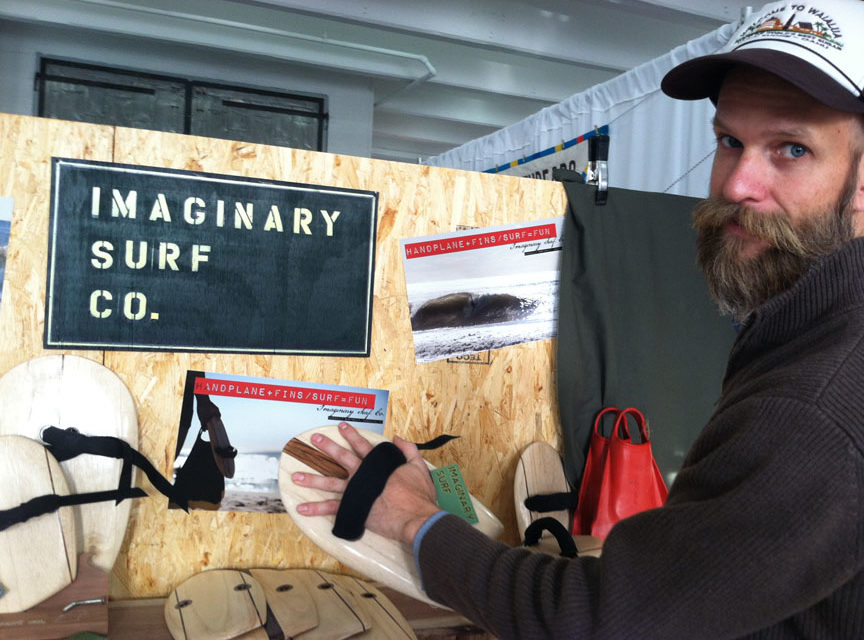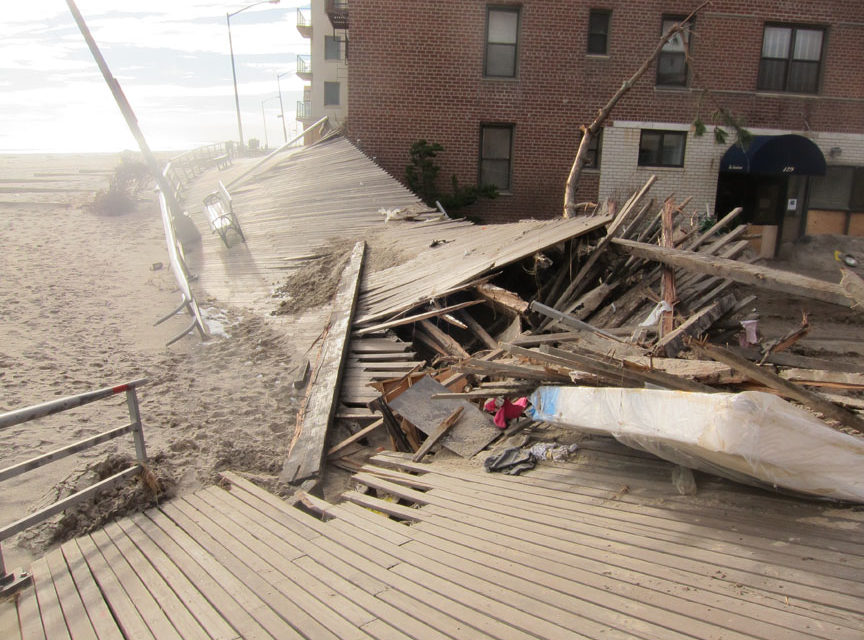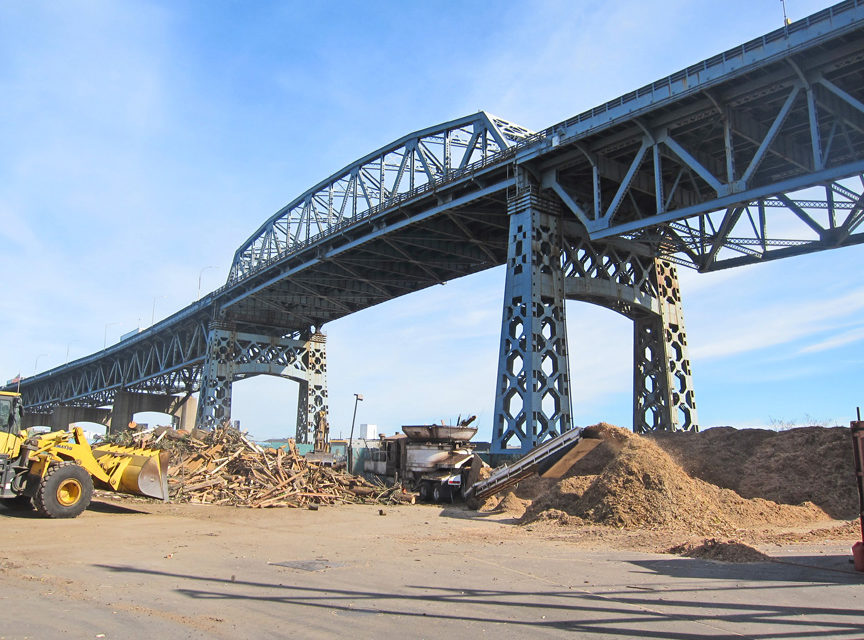Surfing, boardwalk salvage, the Rainforests – it all comes together at the Imaginary Surfboard Co. Dave Murphy; designer-maker-surfer, bearded Brooklynite, is pictured here at the Unique NYC event (Nov. 17-18, 2012) in Chelsea. Incorporating reclaimed Ipe and Cumaru wood detailing and scraps from Patagonia body suits, the handcrafted and engineered boards elevate the body surfing experience and bring it down to ocean level.
Featured
rising out of the wreckage: boardwalks after Sandy
Reclaim v. Mulch
Stephane Hubert
Left) Reclaimed Cumaru and steel chair with wood from the Coney Island Boardwalk Right) reclaimed antique Hemlock lamp with wood from the Edison Mfg. Co., c. 1895.
Dylan, Capitol Theatre & AC Boardwalk Plays On…
Bob Dylan re-opened the historic Capitol Theatre in Port Chester, NY with the new album ‘Tempest’ rising above the floor boards – made from woods that have made the journey from the Amazon, to the Atlantic City Boardwalk to Sawkill Lumber Co. and now to the historic theatre.
Garbage Land
What most people see in their garbage cans is just the tip of a a material iceberg: the product itself contains on average only 5% of the raw materials involved in the process of making and delivering it.” William McDonough
Garbage Land by Elizabeth Royte follows the other backstory, the “sordid afterlife” in our material lives – where waste goes, from packaging and PC’s to everyday sewage. Like a movie where we know how it ends, but not know how it will get there, the report from Garbage Land is still eye opening (Who knew that NYC sewage can be turned into fertilizer for Florida oranges – and grow fruit of uncertain wholesomeness). The gumshoe reporting ends in an appeal at the source – consume less. Zero waste may still be a dream, but Garbage Land shows the nightmare that unfolds in simply following our trash.
Garbage Land follows selected waste – the most offensive and personal (sewage, plastics etc.). Garbage Land II would likely turn to industrial waste, even more of a heavy hitter. The study would include lumber, which goes down the same roads as municipal solid waste (often through Pennsylvania interstates). But C & D (construction and demolition) wood waste is also converted to garden mulch, horse bedding and fuel pellets, or it’s used in it’s ‘as-is’ condition for sewer lagging (walling off earth during open sewer line work), construction sheeting (similar function to lagging though within excavated sites) or concrete form work. These re-uses prevent the harvesting of new lumber – but only temporarily, as they’re largely short-term and then disposable applications. They’re also strictly utilitarian, under-employing woods rich history, quality and it’s unique aesthetic. Reclaimed and old growth, antique wood is also non-renewable (in the U.S.). It’s in demand for heavy construction applications for one reason – price. That helps on the sale side, but provides low incentive for demolition companies to salvage the material for re-sale. Realizing it’s highest and best value (though hopefully still affordable) through residential and commercial applications can ensure a growing demand, and prevent burying the woods in landfills, sewer lines, horse sty’s or going up in flames. The old woods deserve better.





